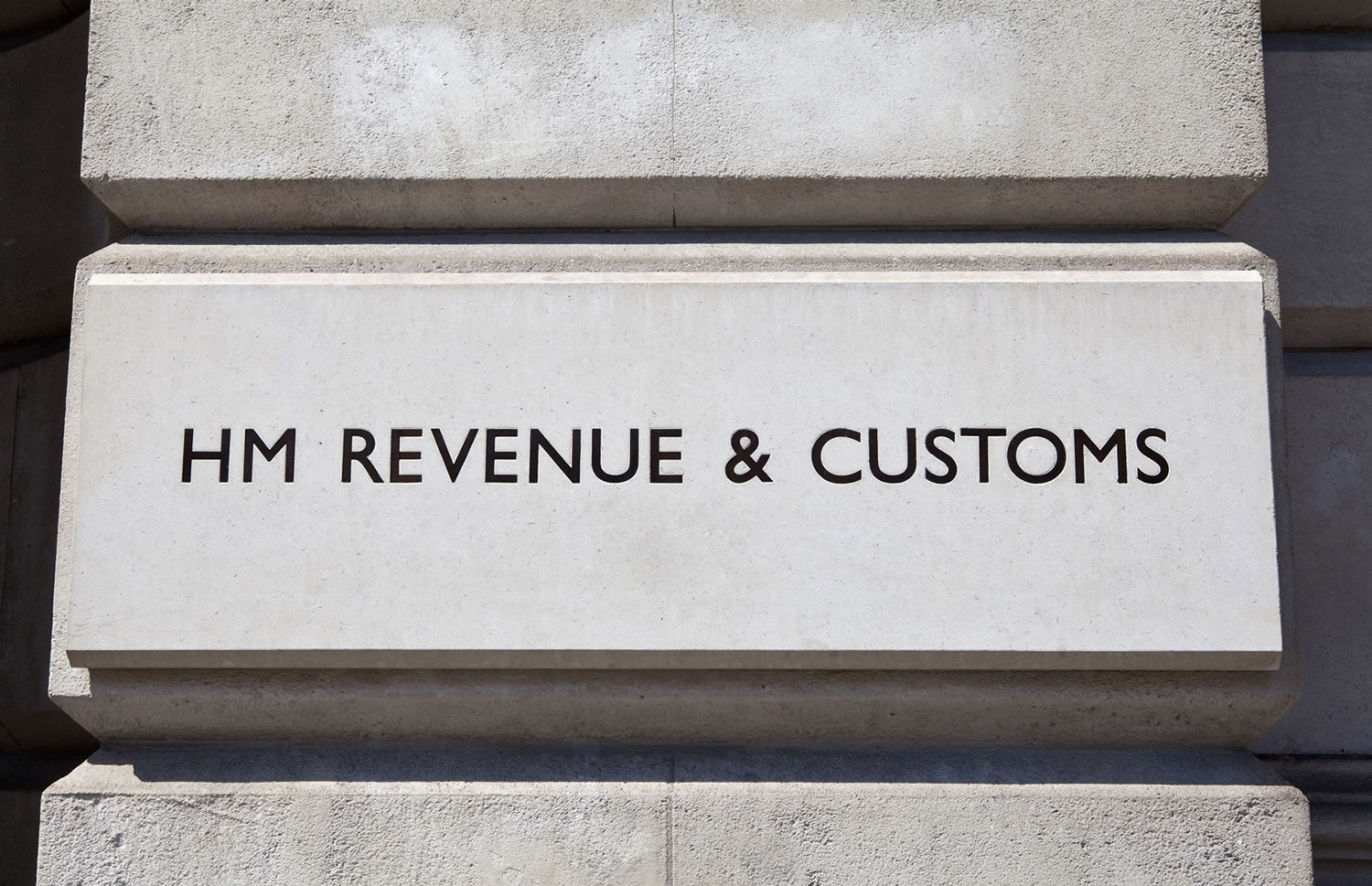If you have multiple VAT registered businesses, it is worth checking that you are claiming the right VAT in each instance to avoid HMRC disallowing claims for input/output tax.
When reviewing returns from each business, HMRC will not only want to see a clear line of documentation relating to each transaction but will also seek to establish ownership of the goods. So if business A uses the credit account of company B in order to purchase goods and take advantage of credit terms or margins, there is a risk that HMRC may disallow claims for input VAT in company A, even if it is clear that company A actually paid for the goods.
Issues with claiming the right VAT are most prevalent in the construction sector as credit terms and agreed margins with suppliers typically rest with a main company but the purchases may relate to and have been paid for by an SPV (Special Purpose Vehicle), used to isolate risk. But other businesses with shared services or owners/directors with common interests are equally as likely to fall foul of the evidence test.
HMRC make it clear that the purchase invoice and the payment for the goods, where VAT is being claimed, should clearly be for the same company and that evidence of payment alone does not constitute ownership of the goods.
To avoid issues with invoices being made out to one company and payment and VAT claim being made by another, it is recommended that ‘sibling’ companies either use an agency agreement or carry out a clear transfer of ownership, even if it is at cost i.e. Company A uses its terms to procure the goods and then ‘sells’ the goods to Company B, with each company processing a purchase invoice and making a payment.
Only in this manner can HMRC be satisfied that there is a clear line of ownership and the correct tax is being claimed by each entity.
